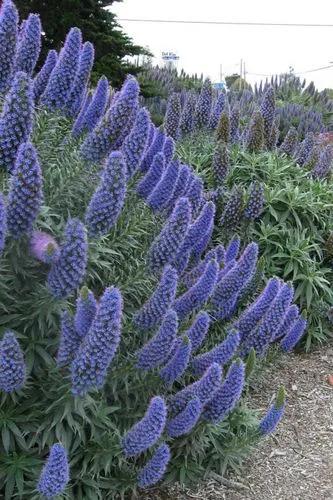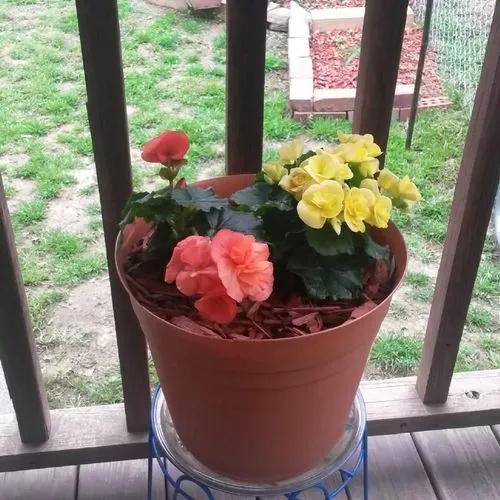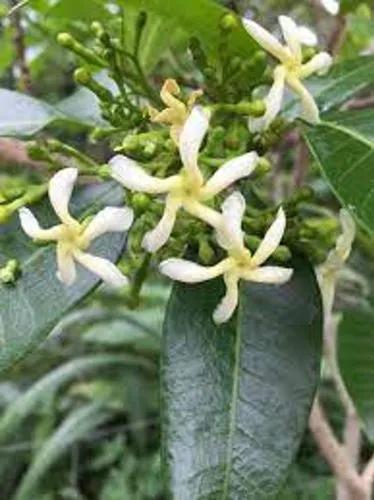Plumaria is a species of flowering plant in the Apocynaceae family that includes deciduous shrubs and small trees. The plant is native to Central America, Mexico, the Caribbean, and South America. Many flower growers prefer to grow it as an ornamental plant.
Plumaria Care
Plumeria sp.



Plumaria is a perennial deciduous shrub or tree with a cylindrical stem, pronounced scars from fallen leaves, and milky juice. The leaves are usually dark green, sometimes with shades of purple, gray, shiny, and leathery, alternate, rarely arranged in a spiral. Most often, they are elliptical, less often lanceolate, and The veins are well-defined. The flowers have five petals, and the petals are usually oval, rarely spatula-shaped. They can be either narrow or wide, flat or twisted. Most flowers have a pleasant smell, which is most intense in the morning. However, flowers do not have nectar.
How to Care for the Plant

Water

Water Plumaria promptly after the top layer of soil dries out. Use soft settled water. In winter, reduce watering, making sure that the soil does not dry out. Water should not stagnate in the pot — it can destroy the plant.

Pruning

When the plant comes out of dormancy, it needs pruning. When forming the crown of Plumaria, you should remember that flowers appear at the ends of sprouts that have grown in the same year. For pruning, use a sharp knife or secateurs pretreated with alcohol.

Fertilizer

After the beginning of the appearance of new leaves in the spring, fertilize with complex fertilizers. After that, feed the plant with a flowering plant fertilizer twice a month. If the plant stands outside in the summer, fertilize every other time, spraying the leaves on both sides. In autumn, top dressing ends.

Sunlight

The optimal location for Plumaria is the southern windows since the plant will bloom only if it is under direct sunlight for at least 6 hours a day. The plant will not bloom on the north side due to a lack of lighting. If the plant grows outdoors, it must be gradually accustomed to bright sunlight.

Soil

You can make a soil mixture of turf, peat, humus soil, and sand (2:1:1:1). Pour expanded clay or broken bricks at the bottom to 1/5 of the height of the pot. Some flower growers pour eggshells instead of it.

Propagation

You can use cut branches as cuttings, and you can also germinate Plumaria from seeds. Plants grown from seeds usually differ from the parent one.

Temperature

From mid-spring through the summer, Plumaria needs a high temperature of 77-86 degrees Fahrenheit (25-30 Celsius). The temperature can gradually decrease in autumn, and it should be at least 61 (16) degrees in winter.

Container

You can grow Plumaria outdoors, and at home, the plant requires frequent transplants. The pot should be 2-3 cm larger than the previous one. You can cut the plant's roots by a few centimeters if there is no larger pot.

Fun fact

The Plumaria flower is the national flower of Nicaragua and Laos.

Popularity

1,536 people already have this plant 407 people have added this plant to their wishlists
Discover more plants with the list below
Popular articles






